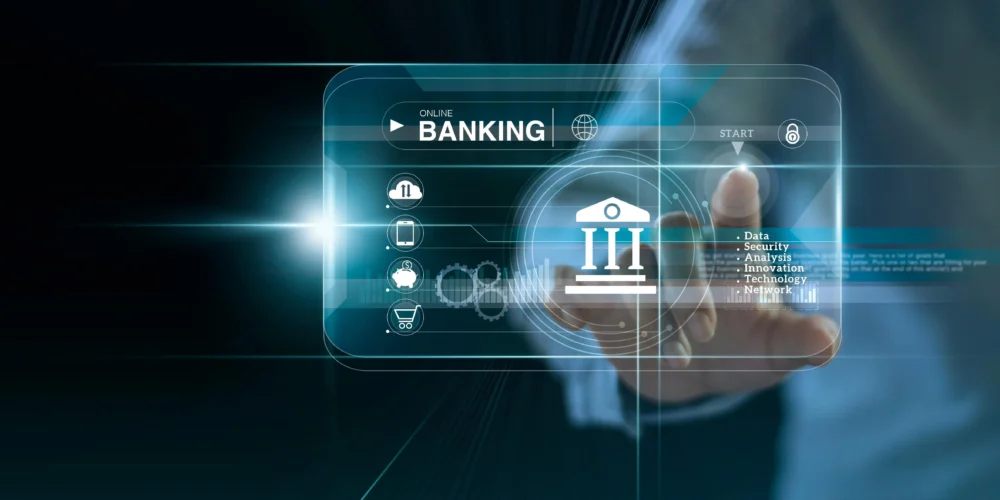Digital transactions are redefining the global financial landscape, with advancements in technology and a shift in consumer habits leading to an unprecedented surge. Over $9.5 trillion was transacted digitally in 2023 alone, and projections suggest this figure could more than double by 2030. As cash gradually fades, both opportunities and challenges arise in this fast-paced digital economy.
Explosive Growth in Digital Transactions
The digital payment space is experiencing explosive growth, with global transactions anticipated to skyrocket past $20 trillion by 2030. In 2023, the total volume hit a staggering $9.5 trillion, a milestone that highlights the increasing reliance on digital methods over traditional cash. Factors fueling this growth include rising internet accessibility, smartphone proliferation, and behavioral shifts spurred largely by the pandemic.
As more consumers embrace digital payment systems, a remarkable transformation appears imminent. By 2030, it’s projected that over 60 percent of all global transactions will be completed digitally, a stark contrast to the declining use of cash. For businesses, adapting to this change is not merely an option; it’s a necessity to stay competitive in an evolving market.
Contactless Payments Dominate
Contactless payment technology has emerged as a frontrunner in the digital transaction revolution. In 2024 alone, contactless payments exceeded $5 trillion and are forecasted to double by 2028. Enabled by technologies such as Near Field Communication (NFC) and mobile wallets, contactless options are rendering cash payments obsolete in numerous countries.
Countries like the UK and Australia have seen an astonishing uptake, where over 90% of daily transactions are conducted via contactless methods. In the UK, for instance, consumers made 18.3 billion contactless payments in 2023, accounting for nearly 40% of all transactions. This not only reflects consumer preference but underscores the urgent need for retailers to adapt their payment offerings to retain relevance.
Rise of Central Bank Digital Currencies (CBDCs)
Central Bank Digital Currencies (CBDCs) are positioned to play a pivotal role in shaping the future of finance. These government-backed digital currencies are designed to facilitate secure and transparent transactions, distinguishing them from decentralized cryptocurrencies. The introduction of China’s Digital Yuan in 2020 has set the stage for rapid adoption, with over 260 million users participating in pilot programs.
Meanwhile, the European Union is eyeing its own digital currency, the digital euro, set to launch by 2028. Additionally, Japan Post Bank is in the process of issuing the Digital Yen (DCJPY) by the end of fiscal year 2026, backed by ¥190 trillion in deposits. As nations explore CBDCs, the global financial system is on the brink of transformative change, altering how consumers interact with money.
Regional Innovations and Inclusion
In regions like India, innovations have revolutionized the digital payments landscape, significantly advancing financial inclusion. The Unified Payments Interface (UPI) processed over 11 billion transactions in June 2024, demonstrating the power of mobile technology in enabling transactions even on basic mobile phones. This inclusion is particularly vital for those in remote areas who previously had limited access to traditional banking services.
Across the Asia-Pacific region, mobile payments triumph, accounting for more than 55% of global transaction volume. This dominance showcases how swiftly these nations are adapting to the digital economy, creating opportunities for millions and setting benchmarks for others to follow.
Operational Challenges and Fraud Risks
While the rise of digital transactions presents immense opportunities, it also introduces significant challenges, including operational inefficiencies and escalating fraud risks. Fragmented payment systems complicate processes for businesses, particularly in the retail sector. For instance, UK retailers face reconciliation issues, leading to lost revenue as data remains siloed across disparate systems.
Cybersecurity threats loom larger than ever, with projected damages from cybercrime expected to hit $10.5 trillion by 2025. The complexity of fragmented systems slows operations and erodes consumer trust. As Dave Smallwood aptly noted, “Fragmented payments don’t just slow things down—they erode trust.” A unified approach to payments is critical for improving fraud detection and maintaining customer confidence.
Future Trends and Technologies
The future of digital payments is poised for groundbreaking advancements, with technologies like artificial intelligence, blockchain, and biometric authentication leading the charge. Emerging solutions such as Soft-POS technology allow smartphones to be transformed into payment terminals, with transaction values predicted to explode from $23.9 billion in 2025 to $540 billion by 2030.
However, with innovation comes a set of privacy concerns, particularly relating to government surveillance via CBDCs. As businesses and consumers favor convenience and speed, balancing these concerns with security and privacy will be paramount.
Embracing the Digital Future
The trajectory of global digital payments is clear: a shift from cash to digital methods is not just underway—it’s accelerating. With major innovations and strategic developments on the horizon, businesses that embrace these changes will position themselves for success. However, it is vital to address the associated challenges, notably those of security and operational efficiency, as the landscape continues to evolve. The future of payments is not just in digital solutions but in providing trust and reliability that consumers and businesses alike can depend on.





